Are you pouring hours into content and keywords, yet your site just won’t climb the rankings—or visitors don’t stick around? You could be missing the biggest SEO lever: your site structure. Learning how to optimize your site structure for SEO isn’t just for mega-corporations. It’s the secret behind websites that attract, engage, and convert. In this comprehensive guide, you’ll find out how a solid structure boosts your visibility, improves user experience, and maximizes every click. We’ll explore essential concepts, visual examples, actionable steps, debunk myths, and answer your top questions. Let’s build your site’s foundation for lasting SEO success!
What is Site Structure in SEO?
Before you can truly optimize your site structure for SEO, it’s crucial to understand what site structure means. In the digital world, site structure is the way all the pages on your website are organized and connected. Imagine it as a logical map or blueprint—one that not only guides your users but also helps search engines like Google efficiently crawl and index your content.
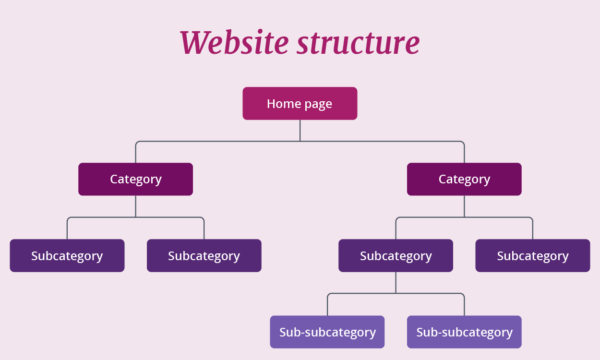
A well-designed structure groups related content, prioritizes important pages, and creates clear navigation paths. It often looks like a pyramid: The homepage at the top, main categories below, then subcategories, then detailed content. This logical hierarchy matters for both user navigation and search engine understanding.
Why Optimizing Your Site Structure Matters for SEO
Great content and design can’t reach their full potential unless your site is structured for both users and search engines. Here’s why you can’t overlook site structure optimization:
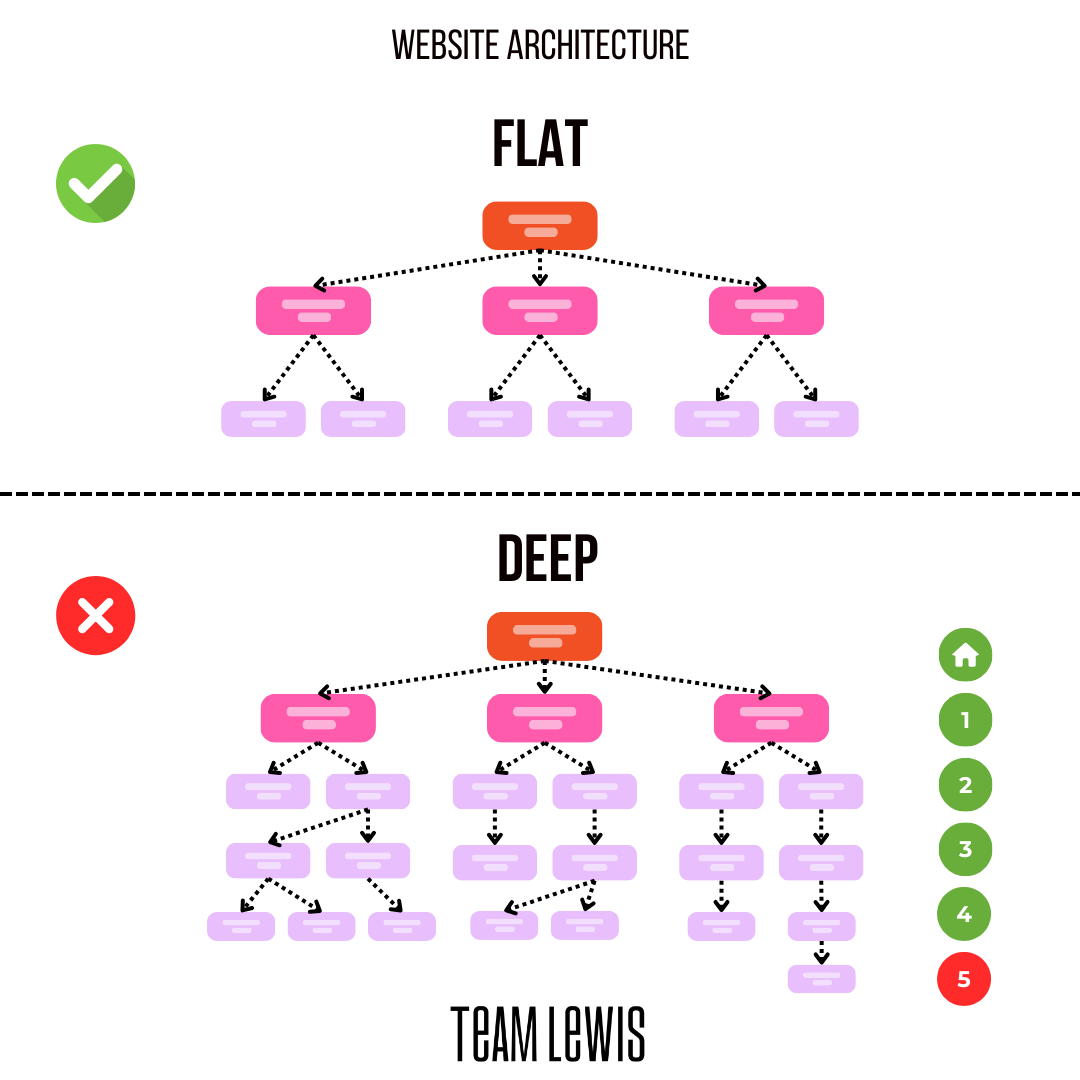
- Better crawlability: Well-organized sites are easier for search engine bots to crawl, ensuring all your important pages get indexed.
- Improved user experience (UX): Logical structure helps visitors find what they need faster, reducing bounce rates and improving time on site.
- Enhanced link equity: Clear internal linking lets “SEO value” flow to key pages, boosting their chances of ranking for primary keywords.
- Facilitates content planning: A good structure highlights content gaps and opportunities for growth.
- Rich sitelinks in Google: Structured sites are more likely to display enhanced listings (with extra links to key sections) in search results.
In short: optimizing your structure lays the groundwork for all other SEO efforts to succeed.
Real-World Examples and Use Cases
Let’s see how optimizing site structure can transform different types of websites:

- E-commerce: A clear main menu with categories like “Men,” “Women,” “Accessories,” each with their own subcategories, ensures users and crawlers can explore products easily.
- Blogs: Organizing by topics (like digital marketing, SEO, social media) makes it easier for readers to navigate and for Google to associate your authority with specific themes.
- Service businesses: Keeping each service in its own section, supported by FAQs and case studies, boosts both clarity and ranking potential.
- Local businesses: Well-structured local pages targeting specific cities/areas enhance local SEO and improve conversion.
According to a SEMrush study, websites with a flat, organized architecture and strategic internal linking consistently outperform competitors in organic search.
How to Optimize Your Site Structure for SEO (Step-by-Step Guide)
Ready to boost your SEO with a laser-focused structure? Here’s a proven process used by top marketers and recommended in the Google SEO Starter Guide and Yoast’s site structure guide:

1. Map Out Your Ideal Hierarchy
Think of your site as a tree. Your homepage is the trunk, main categories are branches, and individual pages are leaves. No page (except the homepage) should require more than 3-4 clicks to reach.
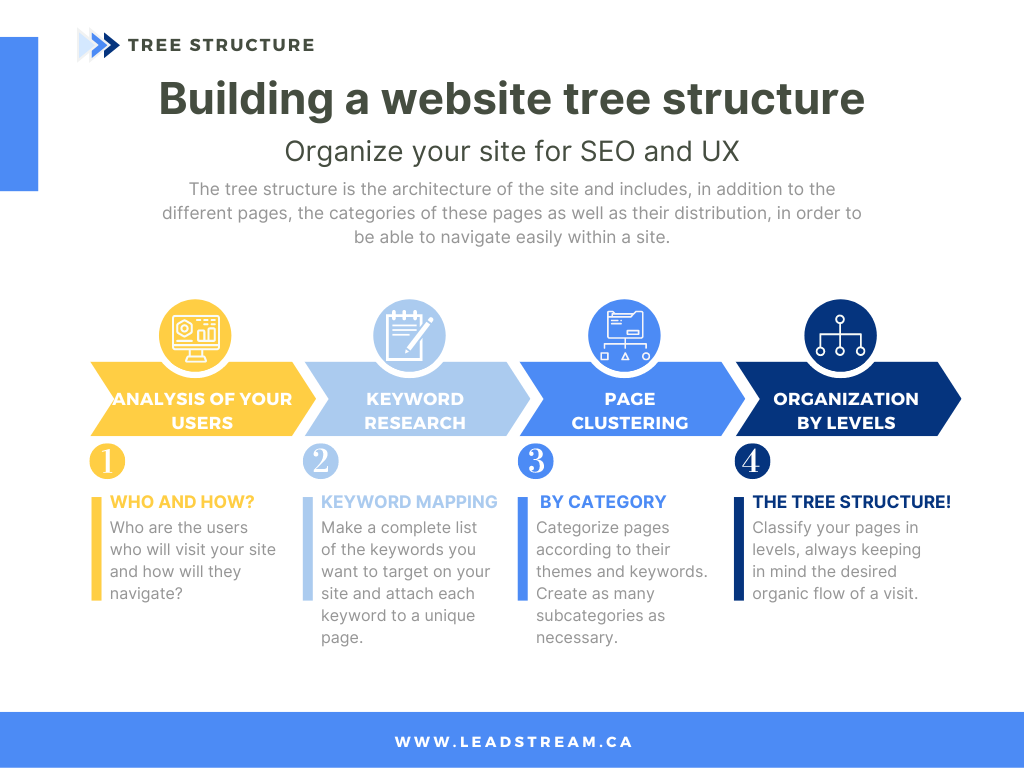
2. Use Clear, SEO-Friendly URLs
Short, descriptive, and consistent URLs signal structure. For example: example.com/category/subcategory/product-name. Avoid random numbers or codes.
3. Plan Main Navigation and Menus Strategically
Your main menu should reflect your core categories—don’t overwhelm! Use mega menus for e-commerce or resource-heavy sites to group content logically and help users (and bots) navigate.
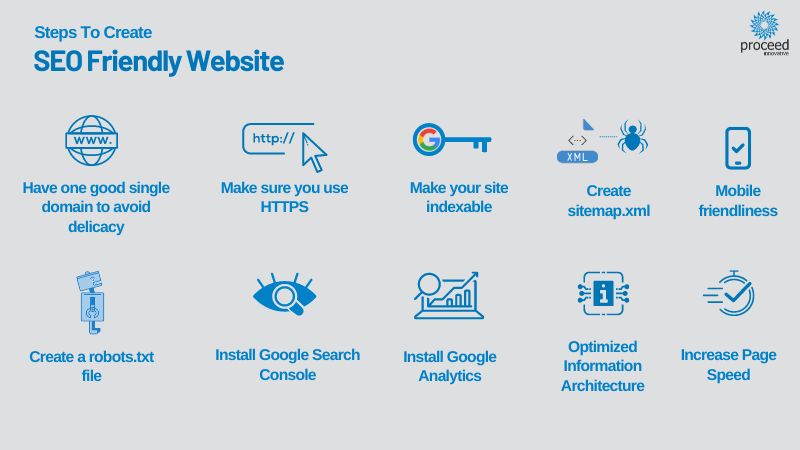
4. Optimize Internal Linking
Link related posts, category pages, and cornerstone content. Internal links distribute link equity (“SEO juice”) and help Google understand relationships between pages. Use keyword-rich anchor text naturally.
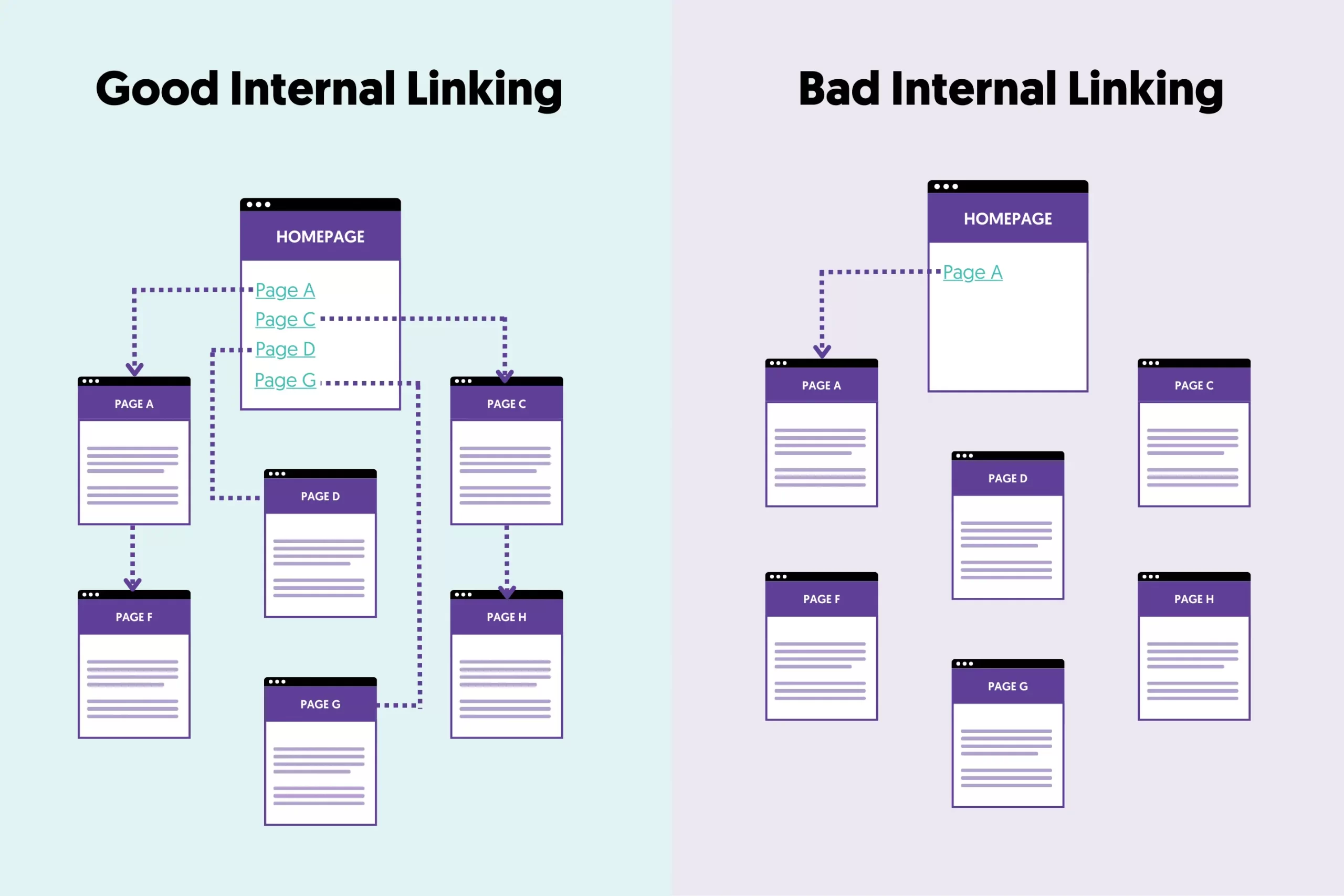
Top tools like Yoast SEO even highlight internal linking opportunities as you publish.
5. Create & Update Sitemaps
Create an XML sitemap for search engines and an HTML sitemap for users. Keep these updated as you add/remove content so that Google indexes your most important pages.
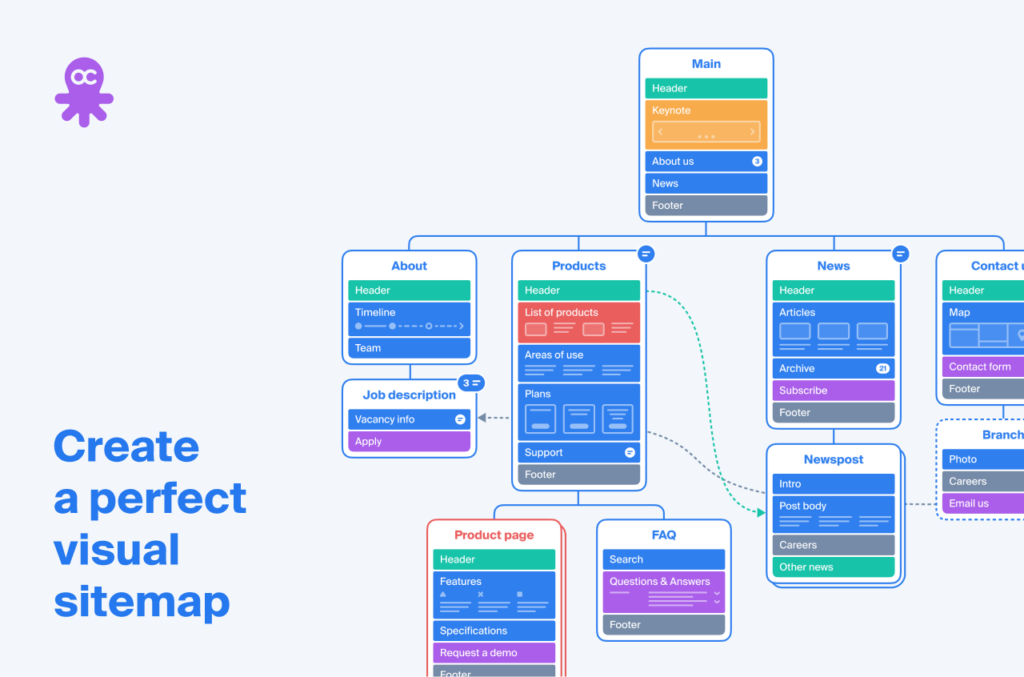
6. Prioritize Mobile & Page Speed
Your structure must be responsive, fast, and user-friendly on mobile. Use tools like PageSpeed Insights to test and refine navigation and load times.
7. Eliminate Thin, Duplicate & Orphan Pages
Audit your website for pages with little value (“thin content”), duplicates, or pages with no internal links pointing to them (orphans). Either improve, combine, or remove these to keep your structure healthy.
8. Always Optimize for User Intent
Structure your site to solve real visitor problems—organize around what users want to learn or buy, not just what’s easiest for you. This approach will naturally maximize dwell time, engagement, and conversions.
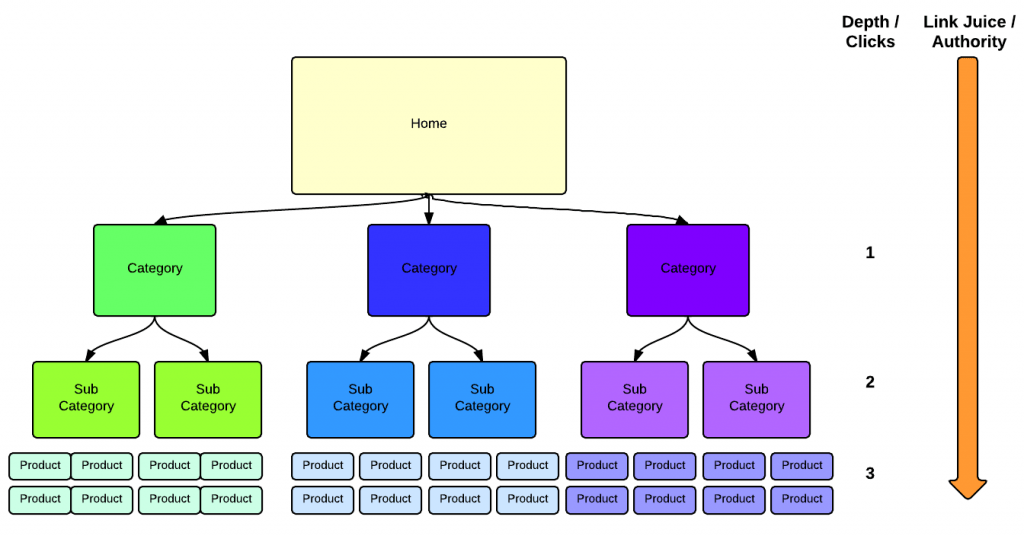
9. Monitor, Test, and Improve
Use analytics tools like Google Analytics, Search Console, and site audit features from platforms like SEMrush to regularly review your structure. Identify dead ends, update old links, and always be improving for both users and SEO.
Common Challenges, Myths & Objections About Site Structure Optimization

Even experienced marketers can fall for myths or struggle with objections. Here are some of the top stumbling blocks when it comes to site structure:
- “A bigger menu is better.” Packing every link into your main menu overwhelms users and dilutes SEO value. Focus on clarity over quantity.
- “I can fix structure later.” Every day you delay is a missed opportunity for rankings, links, and conversions. A bad foundation is costly to overhaul!
- “Site structure doesn’t affect small sites.” Whether you have five pages or five thousand, optimizing structure amplifies results—especially as your site grows.
- “Internal links are only for large sites.” EVERY website benefits from strategic internal linking; it’s not just for e-commerce giants.
- “Only keywords matter.” Google’s algorithm is now deeply tied to signals of structure, UX, and semantic relevance. Ignoring structure means missing out on core ranking factors.
Frequently Asked Questions (FAQs) About How to Optimize Your Site Structure for SEO
What is the ideal way to structure a website for SEO?
The ideal structure is a logical, hierarchical pyramid: homepage > main categories > subcategories > individual pages. Limit main menu links, use clear URLs, and connect related content with internal links for maximum SEO and usability.
How does internal linking help my site structure?
Internal linking distributes authority (or “link juice”) throughout your site, strengthens the relationship between related topics, and helps bots discover and index all your pages efficiently.
Does structure matter for local business websites?
Absolutely. Local business sites should structure pages around core services, service areas, and hyper-local content to dominate local search and conversions.
How often should I audit or update my site’s structure?
Audit every 6-12 months or after major changes. As you add services, products, or expand your blog, revisit your structure to keep it logical and effective.
Do breadcrumb menus improve SEO?
Yes. Breadcrumbs offer clear navigation for users and signal the hierarchy of your content to search engines, improving both UX and ranking potential.
What’s the difference between flat and deep site structures?
A flat structure minimizes the number of clicks from the homepage to any page (recommended for most sites). A deep structure requires many clicks and can hide key content from both users and search engines.
How can I find and fix orphan pages?
Use site audit tools (like Semrush or Screaming Frog) or check Google Search Console to identify orphan pages—then add relevant internal links to reintegrate them into your structure.
Should my main navigation match my sitemap?
Not necessarily. Your main menu should feature top-level links, while your XML sitemap includes every important page. Both should reinforce your key structure and priorities.
Can too many internal links hurt SEO?
Too many links on a single page can dilute value and confuse users. Aim for strategic, relevant links rather than stuffing every page with every possible link.
How do category and tag pages affect structure and SEO?
Categories organize your content and are essential for site structure. Tag pages can be helpful if they’re well curated, but don’t let them become thin or duplicate content traps.
Conclusion: Set Up Your Success with Smart Site Structure Optimization
A powerful and effective SEO strategy starts with the foundation: how to optimize your site structure for SEO. Whether you run a local business, a blog, or an enterprise site, structure determines how easily users (and Google) access your best ideas, products, and solutions.

When you thoughtfully structure and connect your content, you amplify rankings, provide stellar user experiences, and set yourself up for long-term growth. Don’t let a weak or confusing structure undermine your efforts. Start your audit today, implement the steps above, and watch your authority, traffic, and engagement soar. For more, check out expert guides from Yoast, Google, SEMrush, and others.
Ready to optimize your site structure for SEO and unlock higher rankings? Start today—your future traffic (and customers!) depend on it.
